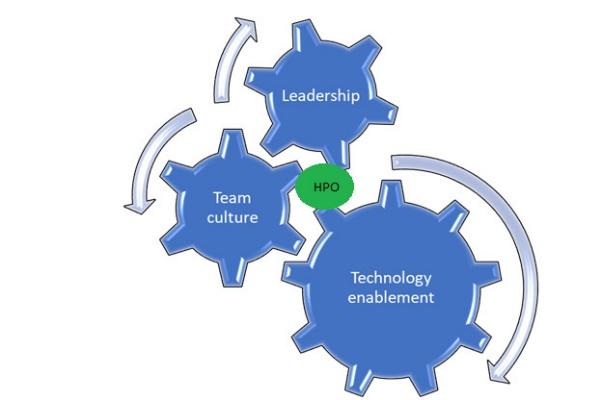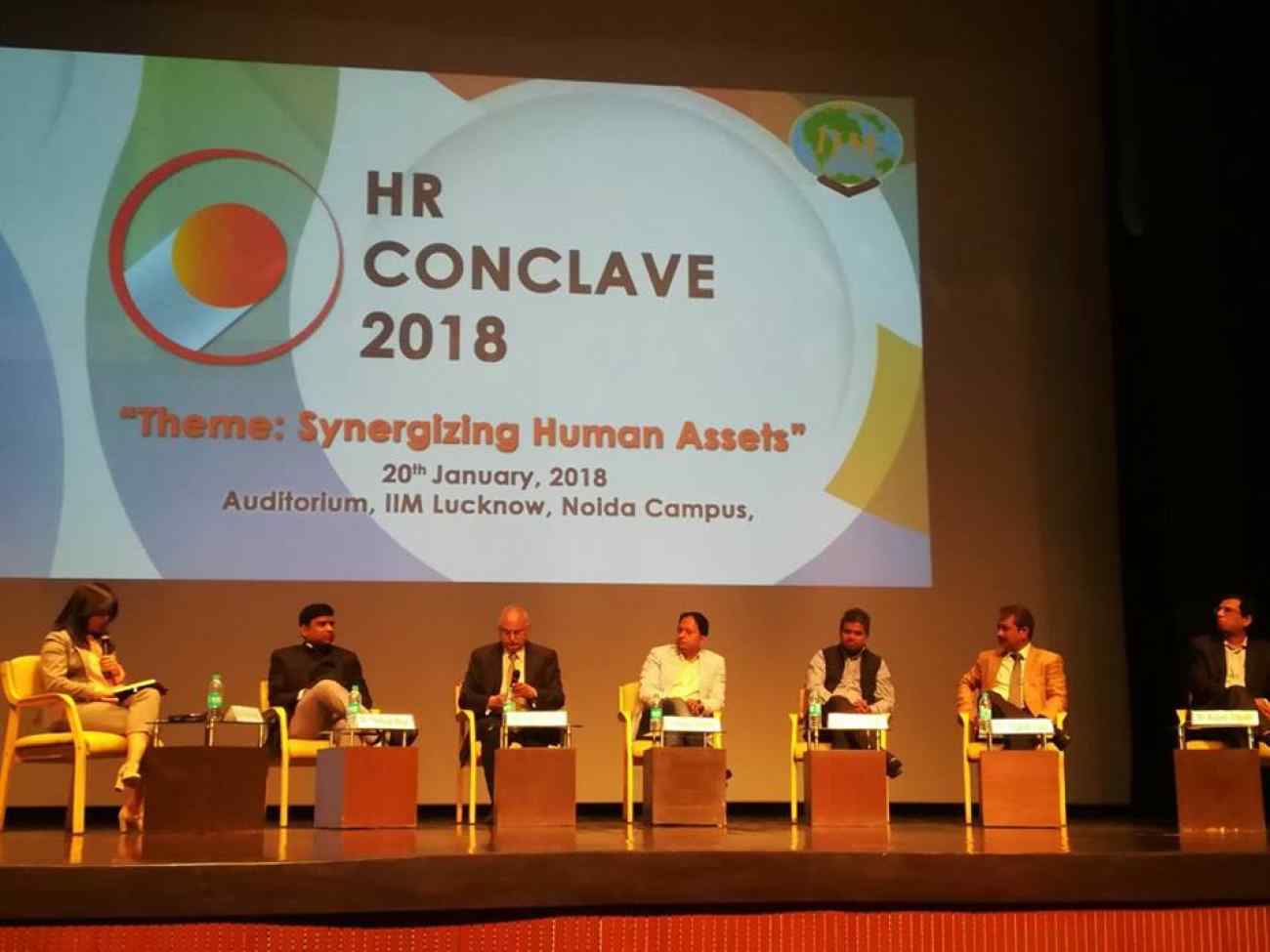When I first focused my attention to know more on HPOs, I was stumped with plethora of frameworks and research case studies. As I went further, reading and noting down my findings, I gathered, a few similar factors underlined high performances in most organizations.
In the current scenario, I find it encouraging to reiterate “The Story of Civilizations” by Will & Ariel Durante to uplift the spirit of ‘human systems’ to lead themselves into future.
After having written 11 volumes on different civilizations, this American couple and established Historians & Philosophers, decided to push aside all their detailed work and find out if there were some common lessons out of rise and fall of civilizations. Through their analysis they observed- there were likeness amongst civilizations.
They said:
“The influence of geographic factors diminishes as technology grows.……The character and contour of a terrain may offer opportunities for agriculture, mining, or trade, but only the imagination and initiative of leaders, and the hardy industry of followers, can transform the possibilities into fact.…………and only a similar combination can make a culture take form over a thousand odd natural obstacles.…………. Man, not the earth, makes civilization.” – Will & Ariel Durante.
This quote from them- to use the right word- zapped me! Drawing an analogy, it surely indicated of there being common strands of organizational DNA underlying Organizations too.
We can only marvel their farsightedness, when we de-segment their above observation in organizational context of rapidly changing times.
- Disadvantages due to many factors diminish as advancements due to technology grows.
- The nature and context of organizations may provide opportunities for different businesses, but only the ‘imagination and initiative of its leaders manifested in their leadership’ and the ‘collaborated, focused team’ can transform current state into future reality.
- Only a similar combination of ‘leaders and teams’ as above, will create a culture that can withstand the challenges posed by advancing changes.
- Here, I would like to firmly cite: human systems further enabled by technology, and not technology alone will make organizations of future. For if not, then we’ll have to change the definition of ‘organization’ which has ‘a body of people at its core’.
Three factors that clearly emerge as driving forces from above are: leaders, teams and technology.
This leads me to say that whichever way it would be, one thing is clear that high performance organizations of future will lie at the cusp of right mix of leadership, team culture and technology enablement, all of which must be in continuously evolving state.
But, what is unclear is how these 
factors must collaborate to lead
organizations into future.
In a survey report pointed out by Deloitte:
- 88% of the respondent organizations thought HPO of future is an important issue
- 59% think HPO of future is a very important issue
- However, only 11% respondents believe they know HPOs of future
This points out a high degree of uncertainty existing amongst organizations about their understanding of future HPOs. With Millennials and Gen Z forming 75% of the workforce by 2025, it only makes it more uncertain.
And, while it will likely take time before specific new models of human organization are fully developed, the following points, as also derived from the opinion of the co-panelists @ HR Conclave IIM Lucknow, may help organizations take cues.
The HPO of future must be technology driven and have its basis in:
- Nature of workforce
- Nature of future work
Nature of workforce: Millennials do not go by a rule book. They challenge every way of doing work. There is no set order for them and promotions and salaries alone will not excite them. They are looking at a higher purpose of making a social impact. They want to be heard, engaged and invested in. They need a more entrepreneurial environment of work.
Following may help positively impact an organization’s culture to get future ready:
- Revolutionizing reskilling and upskilling to get future work ready.
- Invest in developing their employee’s capabilities.
- Work must have organizational and societal impact- organization's mission will be important- not just on paper but in practice!
- Creating a sense of emotional belongingness will drive future workforce.
- Facilitating a direct and secure communication system without fear of ulterior repercussions.
- Fostering an entrepreneurial environment by providing new opportunities of work areas and projects.
- Providing a flexible working system.
- Most importantly focusing on developing a critical creative thinking ability amongst its people to stay ahead of machines.
Nature of future work: With technology seeping into most work domains, automation of repetitive work activities will be inevitable. Organizations with a developed digital mindset and focused on following areas maybe better future ready:
- Organizational re-design: Organizations need to move on from predictive models of efficiency and effectiveness to a more ‘fluid model’ that manifests innovation, speed, agility and adaptability, while also leaving enough room for continuous remodeling. The above calls for a growth mindset approach of continuous evolution and a flat, collaborative work structure where employees move from team to team rather than working in silo teams.
- HR and business functions must collaborate to foster a culture of continual learning to help employees stay relevant. People and data analytics and other AI led cognitive technologies must be used to ascertain current and future skillsets and address the skill gap by revolutionizing reskilling and upskilling measures. A culture of coaching and mentoring must be encouraged to develop capabilities to face complexities.
- Leadership- ‘Servant’ and ‘helper’ leadership traits must manifest at all levels to create a culture of inclusive growth, adaptation and adoption. Asking and engaging is a critical need and just telling is deadly. Leaders need to influence transformation and collaboration. No amount of planning and strategizing will help unless culture is transformed.
To sum it up organizations that will develop “tribe-level” working culture like in start-up firms, coupled with “scalability of hierarchies” as seen in larger firms, will represent leading organizations of future. Therefore, organizations with more networked system of working with a culture of open communication and continual learning towards developing digital mindset, genuine creativity, empathy and critical thinking which cannot be replicated by machines, will be leading the race.
